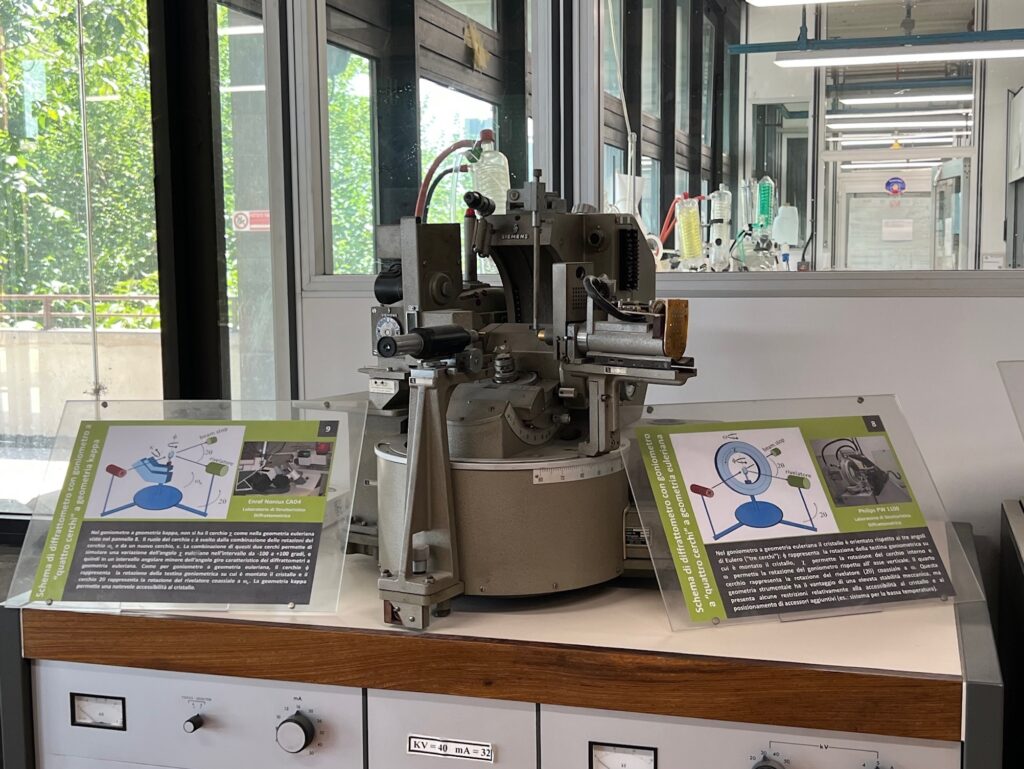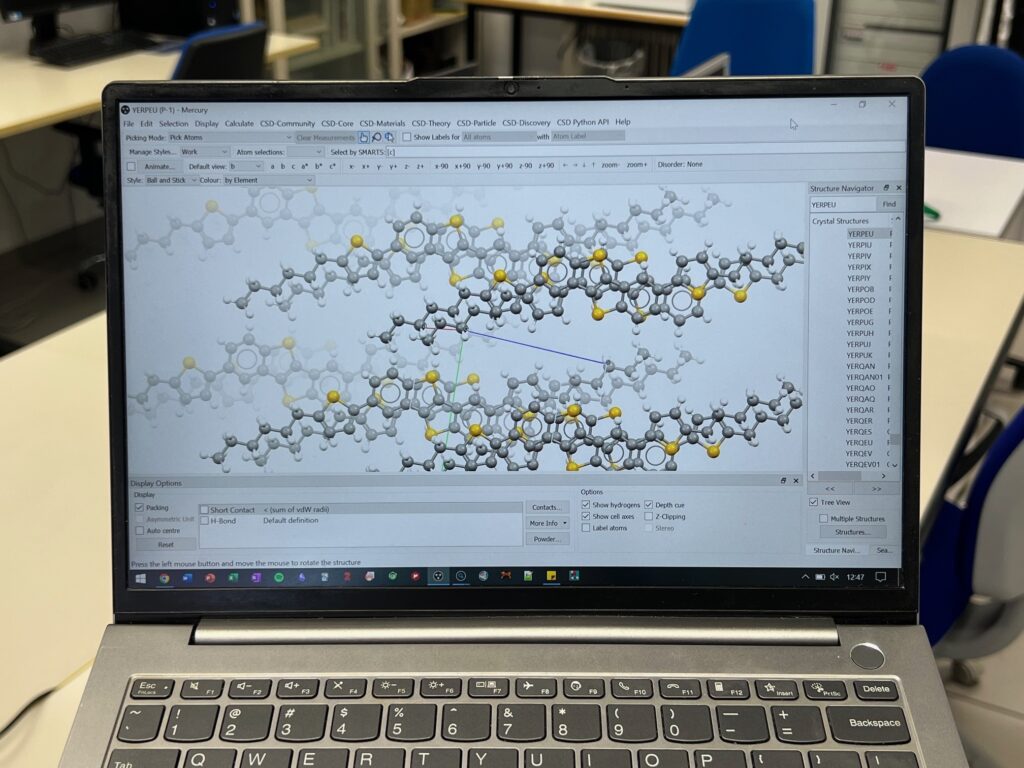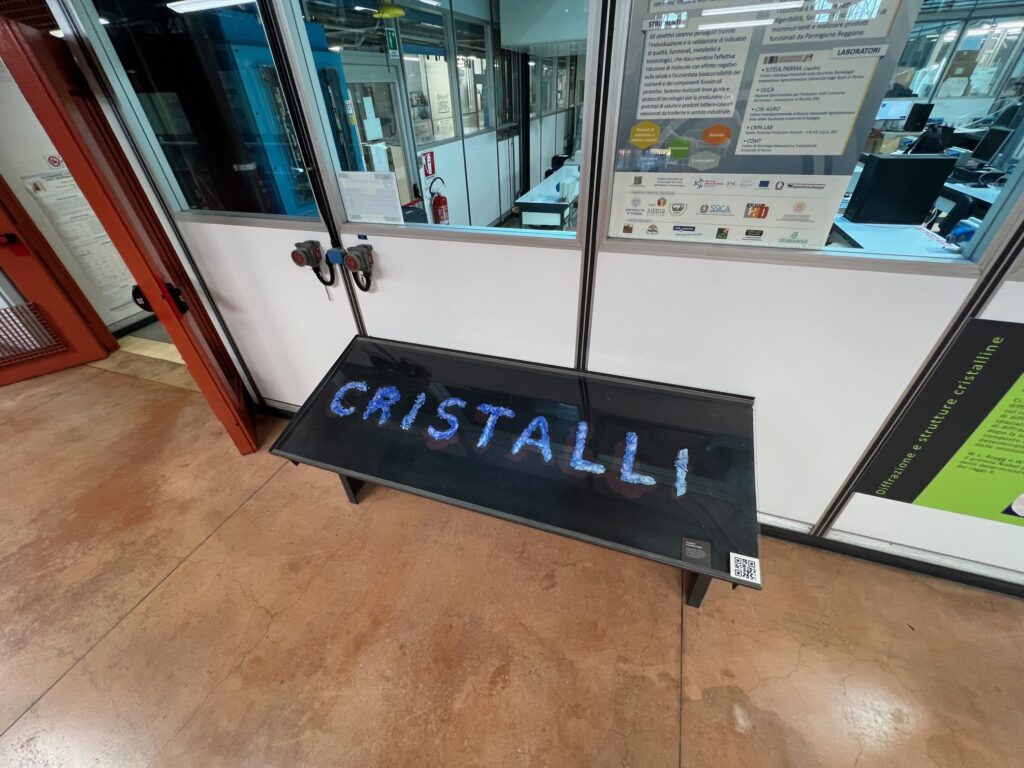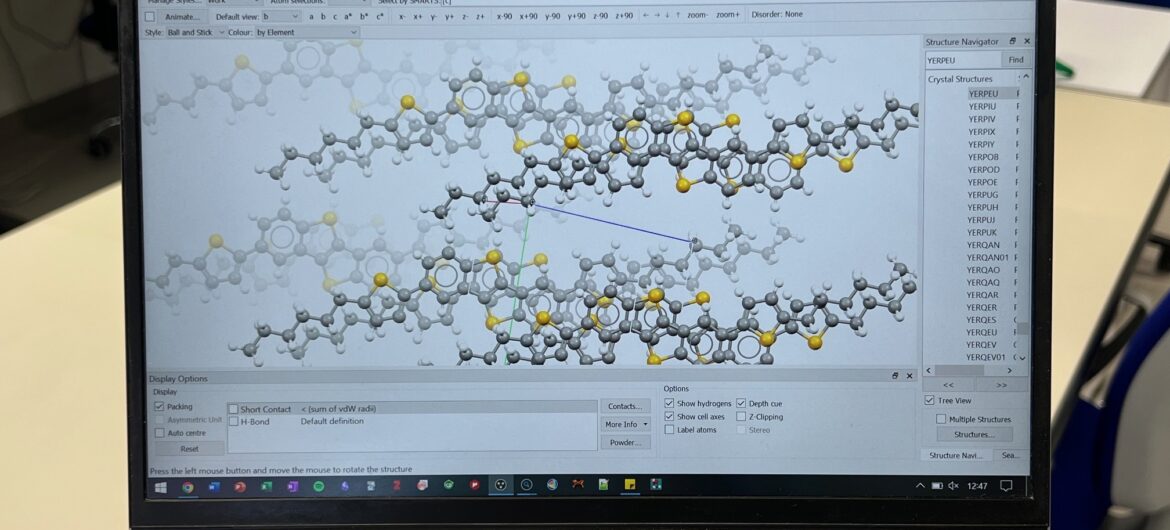Author: William Archaki
 A quick trip on Emilia-Romagna’s public buses will whisk you away from the modern chemistry facilities at the University of Bologna’s Naville campus, past the airport, over the Reno river, and up to the steps of the CINECA datacenter. The datacenter is home to LEONARDO, a thousand-square-meter computing powerhouse dedicated to scientific research. When it was inaugurated in 2022, it was the fourth fastest and most powerful supercomputer in the world.
A quick trip on Emilia-Romagna’s public buses will whisk you away from the modern chemistry facilities at the University of Bologna’s Naville campus, past the airport, over the Reno river, and up to the steps of the CINECA datacenter. The datacenter is home to LEONARDO, a thousand-square-meter computing powerhouse dedicated to scientific research. When it was inaugurated in 2022, it was the fourth fastest and most powerful supercomputer in the world.
I’ve been thinking about LEONARDO this past week while I’ve been running computational studies to support some of my experimental observations. My quantum mechanical calculations actually run on the supercomputer housed at the University of Rochester, but no matter. I find it amazing that there is such a wealth of computing resources and expertise available to the scientists carrying out this research, myself included. In a matter of minutes, I can remotely carry out crucial scientific computations that would have been impossible to complete by hand.
This unique access to resources is one of the special pleasures of the CRYSTAL Dynamics IRES program. As a visiting researcher, I have access to all the scientific resources of the University of Rochester as well as the constellation of universities that dot Emilia-Romagna, the region of Italy with the highest R&D expenditure per inhabitant. There’s so much science here. A week ago, I learned quantum crystallography from a professor at the University of Parma, which as I understand it is something like the Mecca of Italian crystallography.
 And the research that we’re conducting here has surprisingly deep connections with many of the things I care about. I’ve learned that, in the field of crystalline lattice dynamics, the word “dynamics” refers to the time-dependent interactions of atoms described by the laws of classical or quantum mechanics. That is to say that we are currently studying the ways that atoms move within the three-dimensional “playground” of a crystal lattice, as Mike Ruggiero puts it. It excites me that we can use that framework of the crystalline playground to probe some of the subtle physical effects that arise from foundational laws of quantum mechanics. (I guess my physical chemistry professors weren’t just making up all those equations!).
And the research that we’re conducting here has surprisingly deep connections with many of the things I care about. I’ve learned that, in the field of crystalline lattice dynamics, the word “dynamics” refers to the time-dependent interactions of atoms described by the laws of classical or quantum mechanics. That is to say that we are currently studying the ways that atoms move within the three-dimensional “playground” of a crystal lattice, as Mike Ruggiero puts it. It excites me that we can use that framework of the crystalline playground to probe some of the subtle physical effects that arise from foundational laws of quantum mechanics. (I guess my physical chemistry professors weren’t just making up all those equations!).
But I don’t mean to make it seem that the work is only worthwhile because it teaches us about quantum chemistry. It’s also valuable because every day we are shaping the next generation of materials for pharmaceuticals, electronics, and advanced research. Our work bolsters the scientific understanding of polymorphism, which lies at the heart of some of the most pressing challenges in materials science. For me, as for the other researchers in my lab and my peers in the IRES program, that’s tremendously motivating.
Some of the polymorphic systems we are studying this summer even have applications as computer chip components. That means that even the likes of LEONARDO might one day see the applications of CRYSTAL Dynamics IRES research.
Nota bene: “Why CRYSTAL Dynamics?” All the above, and also the fresh pasta.




